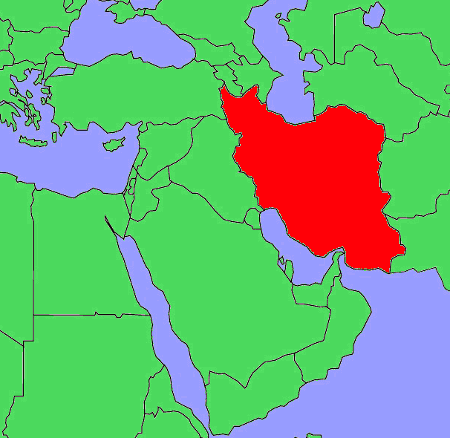
Circle the area on this map

C. The Persian Gulf and its coastal areas are the world's largest single source of petroleum. The gulf is an extension of the Indian Ocean and lies between Iran to the northeast and Arabian Peninsula to the southwest. It gets its name from the ancient Persian Empire. Iran was known as Persia until 1935.
D. Saudi Arabia's Arab News accused Iran of sabotaging oil tankers in the gulf and drone attacks on a Saudi pipeline. "Iran must not go unpunished,” the newspaper said in an editorial calling for “a calculated surgical strike." Saudi Arabia has its own well-equipped air force and spends nearly five times more on its military than its biggest rival Iran.
B. Iran gained major influence in Iraq after the U.S. invaded the nation in 2003. Iran is bordered by Armenia and the Azerbaijan, to the north by the Caspian Sea, to the northeast by Turkmenistan, to the east by Afghanistan and Pakistan, to the south by the Persian Gulf and the Gulf of Oman, and to the west by Turkey and Iraq.
A. About two-thirds of Iraqi Muslims are Shiites who were dominated by a Sunni minority under dictator Saddam Hussein. He was defeated and executed after the U.S. invasion. The hostile and often violent division between Sunni and Shia Muslims goes back to a power struggle after the founder of Islam died in 632.